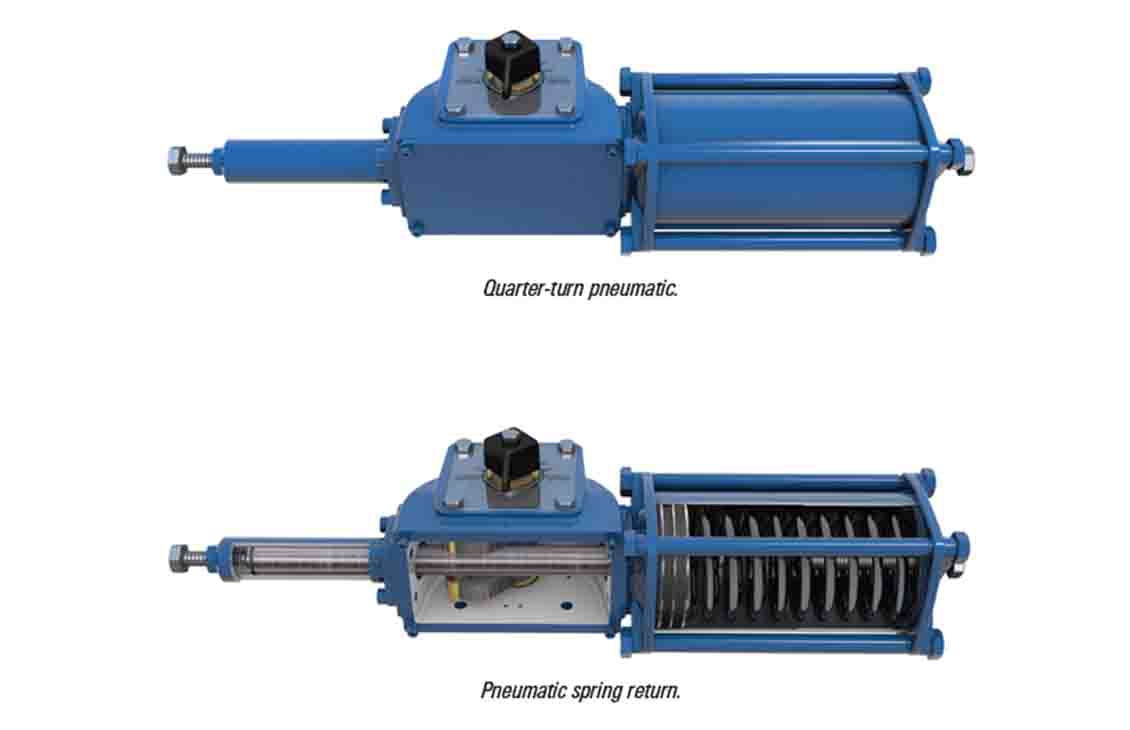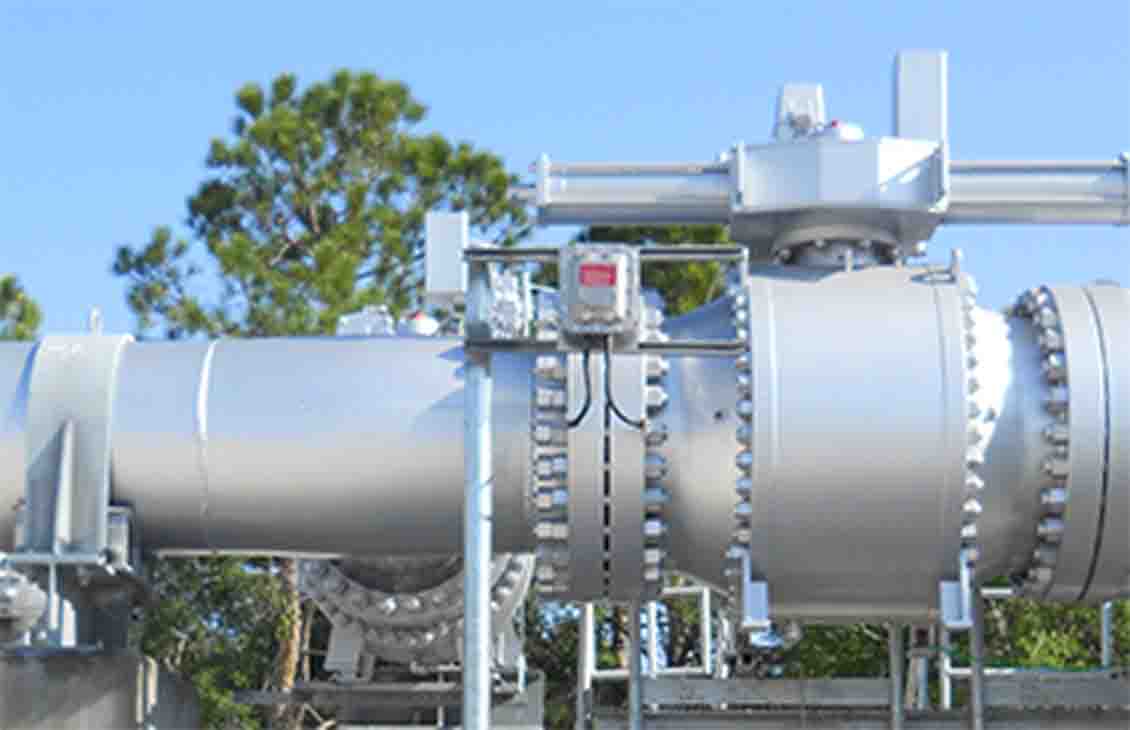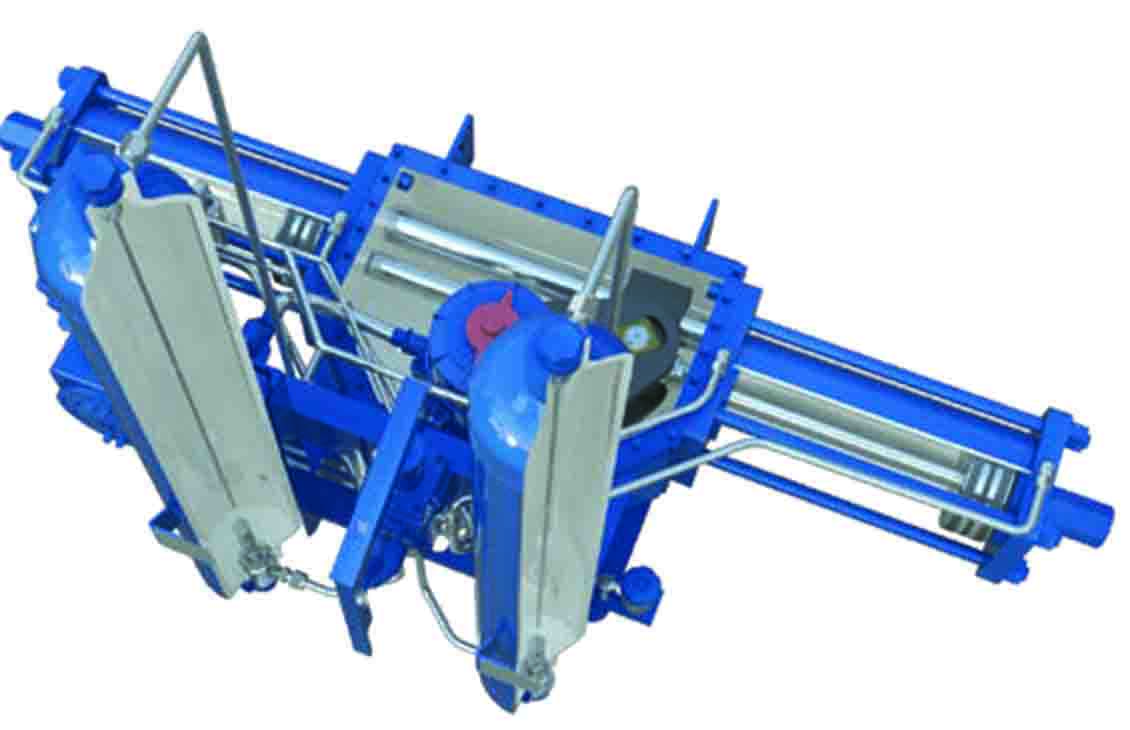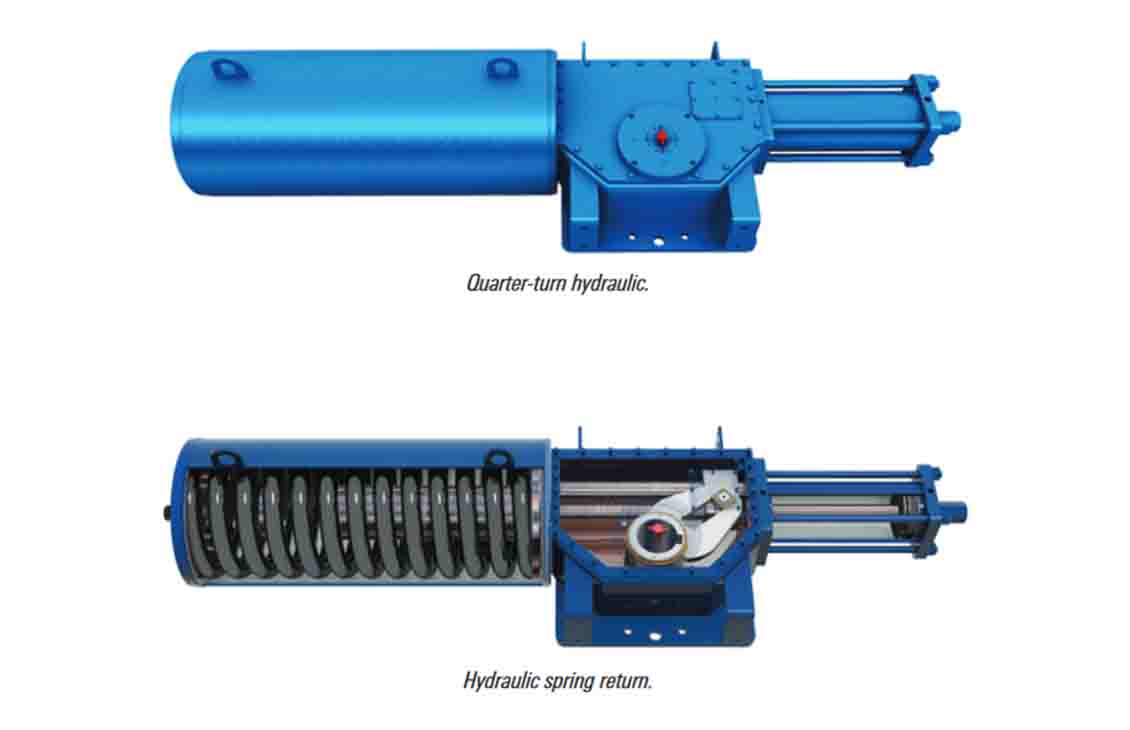Valve selection
Selection of the proper valve type for use as a molecular sieve switching valve is the first step to success in an optimally operating system. Of all of the valve types used for switching valves in molecular sieve dehydration service, the rising stem ball valve has a superior and proven track record.
Characteristic requirements
In a dryer, the valve must seal tightly. If it is not possible to obtain tight shutoff, the leaky valve allows wet gas to enter the drying tower during the regeneration cycle. This leakage lengthens the regeneration cycle, wastes energy, and will not allow the desiccant to be fully regenerated, resulting in increased operating costs. The valve also must withstand high regeneration temperatures. Taking into consideration temperatures typically found in regeneration cycles and considering temporary excursions above typical regeneration temperatures, the switching valve should be designed for a maximum of 800 degF [427 degC].
The valves must be capable of withstanding the frequent cycling that is characteristic of dehydration cycles. For example, if a system is on 8-h cycles, a valve could cycle 3 times per day, 7 days per week, 365 days per year. If planned maintenance of the system is every 5 years, and this maintenance includes rebuilding of the beds and repair of the switching valves, the valve could see 5,500 cycles between repairs. Not many valve types are capable of withstanding this many cycles in a hot, dry, and sometimes hostile environment.
The rising stem ball valve provides tight shutoff, withstands frequent cycling, and handles high temperatures better than other valve types in this service. Other valve types do not have an equal track record in molecular sieve dehydration service because no other valve provides the tight seal and friction-free operation in the same manner as a rising stem ball valve.
Construction, startup, and commissioning
The construction, startup, and plant commissioning phases are critical in bringing a new plant or system online. It is possible to avoid many common problems seen in dehydration switching valves by implementing proper techniques and procedures during these phases. The most common valve issue experienced during construction and startup is foreign matter in the valves. This foreign matter typically comes from the construction of the piping into which the valves are installed.
It is recommended to clean welding residue from the lines before installing the valves, which is best accomplished by flushing the entire system. Only when the lines are clean should installation and operation of the valves commence because damage to the valves can occur if this critical cleaning operation is not performed. The most common debris found in piping and valves following construction includes weld slag and miscellaneous debris from the construction process.
Hard particles in weld slag can damage coatings, platings, and overlays. If a valve closes on the particulate, the base material can yield, compromising the integrity of the coatings. Once this occurs, the coatings—especially hard coatings such as tungsten carbide and Stellite® material—may crack and chip, exacerbating the problem. This significantly damages the valve sealing surfaces.










